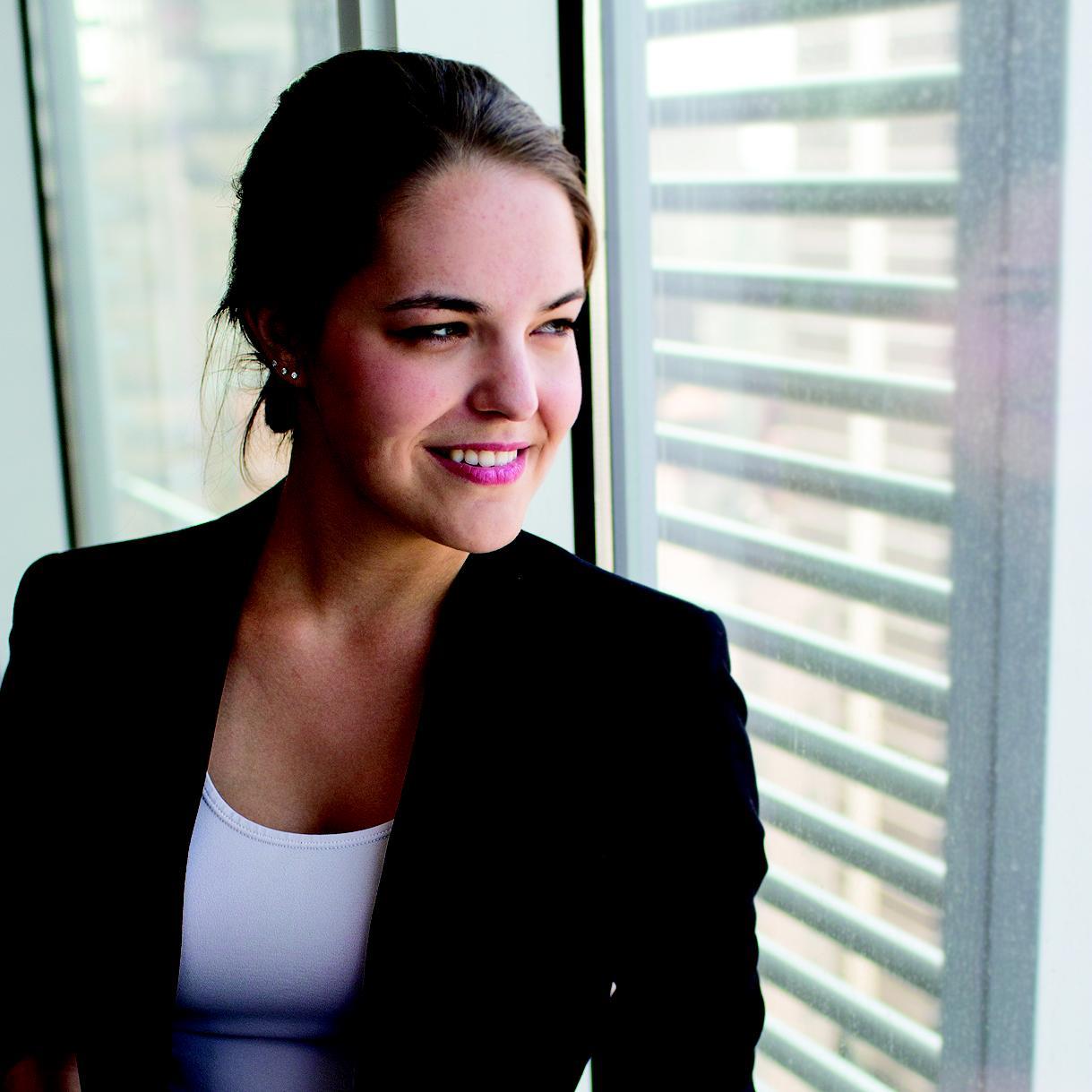How can magazine media deal with its biggest native advertising challenges?
Native Advertising Institute asked three experts — Melanie Deziel, an award-winning branded content strategist and author, Kolja Kleist from FOCUS Online and Christina Sauer of Vizeum – for the thoughts on the challenge.
Melanie Deziel, founder of The Overlap League, a native advertising industry newsletter

Do you recognise the challenge of convincing advertisers to tell real stories from your own experiences?
It’s certainly a real challenge, and most often for those advertisers who are new to native advertising or those who have. But it’s rare that they don’t see the value in stories; more often, it’s that the processes or priorities that take the lead in more direct response marketing programs such as banner ads, direct mail, coupon promotions, etc. carry over to native ad programs and get in the way of letting the story take the lead. Sometimes when the budgets for native ad programs come from a product launch, or are led by a sales-focused team, the need to see conversions can force the product to a more prominent — and perhaps less natural —place in the story, creating a forced and “salesy” feel. Other times, particularly in heavily regulated industries like finance or pharmacy, legal concerns or risks about privacy are of the utmost concern to marketers; as a result, the natural flow of the story sometimes falls to the wayside in favour of ultra-clear disclosures, asterisks, and fine print.
How do you suggest, that publishers go about the ‘convincing’ of advertisers?
I think it’s important for publishers and publishing-side content studios to feel empowered to be honest and open with their brand partners on the impact that their requests for more branding can have on a piece. Advertisers partners with publishers because they are specifically looking for storytelling expertise, so we’d be remiss if we sidestepped our storytelling best practices without warning them first, simply because we didn’t want to rock the boat.
Let them know that you can, for example, make that logo bigger or include another reference to the brand, but that readers will likely find it unnatural and you recommend keeping it as is. Most often, advertisers will appreciate your honesty and come to trust your instinct, but at least if they choose not to take your advice, they’re doing it with the correct information and an understanding of the potential consequences for performance.
Kolja Kleist, Director Customer and Brand Management. Head of Brand Management FOCUS Online, Huffington Post, The Weather Channel
Do you recognise the challenge of convincing advertisers to tell ‘real’ stories?
Absolutely, although we see slow changes among our clients due to better understanding of content marketing.
How have you dealt with these challenges and how do you suggest, that publishers go about the ‘convincing’ of advertisers?
We have implemented a real time KPI Dashboard, where our clients can follow the performance of their articles directly, besides that we give traffic guarantees on our native pieces. Both helps us to make clients understand what is important and what not. If clients do not accept that, we still have the chance of a) not giving traffic guarantee and b) marking the content as “advertising“ and not “sponsored content” .
Christina Sauer Jørgensen is an expert in native solutions at Vizeum, a strategic agency
Do you recognise the challenge of convincing advertisers to tell ‘real’ stories?
It is correct, that it can be a challenge to convince customers to talk about the stories in stead of only the product, though that is clearly what we recommend. However, we do see examples that are very focused on product and still manages to reach high engagement and time spent, though that generally requires that the public is already familiar with the brand.
How have you dealt with this issue?
Generally, we introduce the customer to the editors of the media brand in question fairly early in the process. It seems more credible to customers, that they hear what kind of content and approach readers respond to directly from the editors rather than from us.
Join FIPP at Native Advertising Days on 16-17 November, where Jesper Laursen, CEO of the Native Advertising Institute, will talk in depth about the findings in the NAI/FIPP survey. Other speakers include Stephanie Losee, head of content at VISA, Jason Miller, global content marketing leader at Linkedin, Michael Villaseñor, creative director of Ad Innovation and Marketing at the New York Times, and Rebecca Lieb, leading industry analyst on native Advertising.
FIPP has negotiated a €100 discount on normal rates for FIPP members wishing to attend the conference. To book your place at the reduced FIPP rate, simply go to Native Advertising Days 2016 using your FIPP promotional code, “NADFIPP16” – entering the code “NADFIPP16” when you register.
More like this
Visa’s Stephanie Losee on publishers and native advertising success







